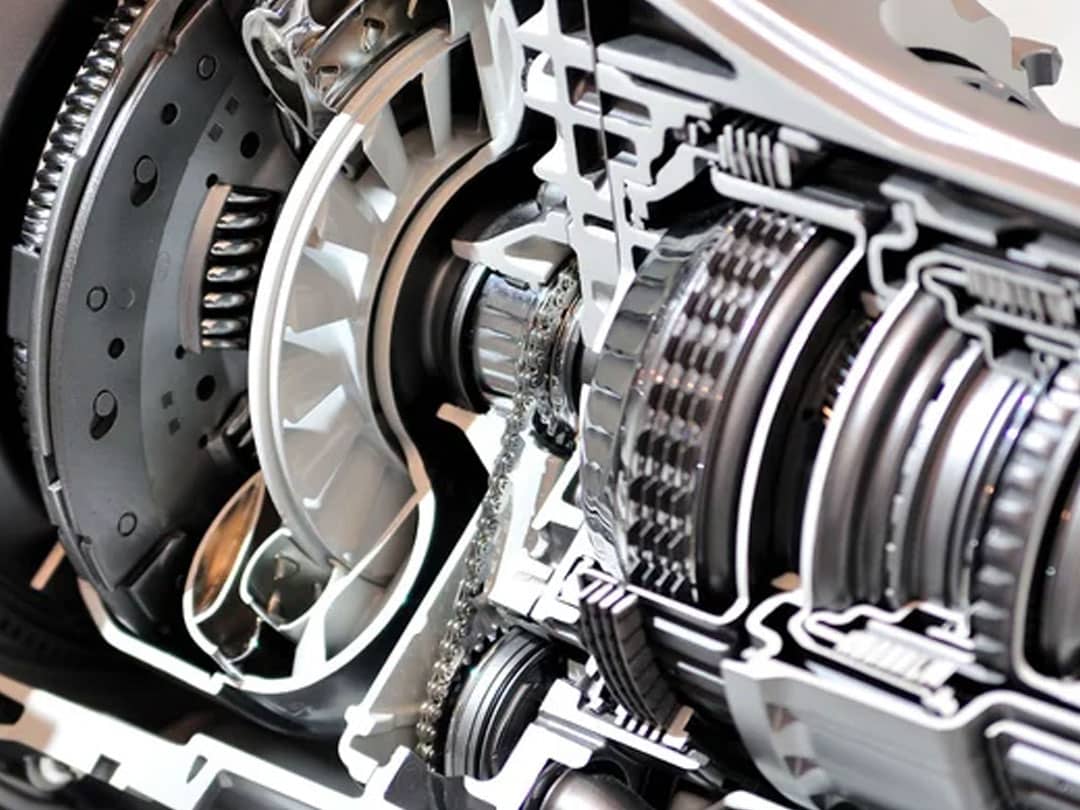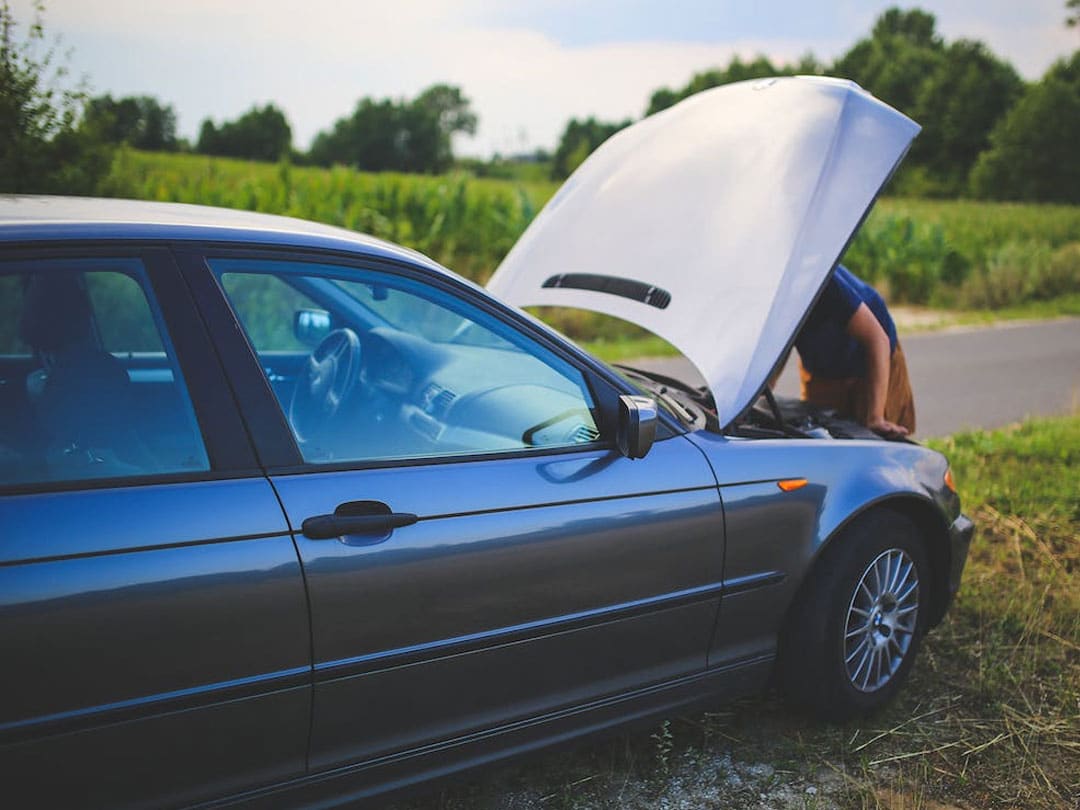What is a direct shift gearbox?
DSG stands for direct shift gearbox, you may also hear it referred to as a DSG automatic gearbox. As you select one gear, the next gear is automatically preselected for you, making for quick and smooth gear changes. The car uses information such as engine speed, vehicle speed, torque and driving mode to help determine the optimum gear selection.
How do I know if my car uses a DSG gearbox?
DSG gearboxes are more commonly found in cars made by the Volkswagen group (Seat, VW and Skoda) although Audi use the term ‘S tronic’ for their DSG gearboxes. Other car manufacturers use a similar two clutch system under various different names in a few of their models, so you might also see the following from different car companies:
- DCT (dual clutch transmission)
- EDC (efficient dual clutch gearbox)
- DDCT (dual dry clutch transmission)
- TCSS (twin clutch system by Suzuki)
- Twinamic
- Powershift
- Steptronic automatic transmission with double clutch
- PDK (Porsche doppelkupplungsgetriebe – don’t ask us to pronounce this one!)
How is a direct shift gearbox different to a conventional automatic gearbox?
A DSG gearbox is semi-automatic that uses two clutches as opposed to the torque converter found in automatic gearboxes in place of a traditional clutch. The two gearboxes of a DSG are connected to the engine by two driveshafts and both the gearboxes and clutches of a DSG are controlled hydraulically using mechatronics (a combination of mechanics and electronics).
To look at the controls of a car with a DSG gearbox, or to drive one, you likely wouldn’t be able to tell the difference between that and a conventional automatic as they are almost identical (you only have two pedals – no clutch and the gear stick has PRND controls – park, reverse, neutral and drive). DSG cars also creep forward when you take your foot off the brake pedal, just like a conventional automatic.
Which is better DSG, manual or conventional automatic gearbox?
Performance-wise, DSG gearbox cars are slightly heavier due to their dual gearbox and clutch systems and, therefore, marginally worse on fuel economy than their manual gearbox counterparts. However, due to the full automation of gear changes, the gearbox can actually last longer than a manual gearbox driven by a heavy-handed driver crunching the gears!
Gear changes are both smoother and faster in a car with a DSG compared to automatic gearboxes (as little as 8 milliseconds!) and, because of this, fuel consumption is generally better in cars with DSG gearboxes.
On top of this, a DSG gearbox car, like any car with automatic gearboxes, is generally easier to drive than a manual gearbox.
Are DSG gearboxes reliable?
Some older models with a DSG gearbox have been the subject of reports of noisy bearings or juddering from the transmission but this is becoming rarer as the technology improves.
As with anything mechanic or electrical, sometimes there are faults that cannot be foreseen or prevented but to minimise the likelihood of these and to prolong the life of your DSG take a look at our tips in the section below.
Keeping your DSG running smoothly – what do you need to know
When will your DSG need an oil service?
A DSG transmission is a complex bit of machinery that has very fine engineering tolerances, relying on oil lubrication to maintain good working condition. A DSG transmission requires regular gearbox oil changes as dirty oil can overheat the gearbox or even make the clutches burn out, leading to loss of power, less efficient gear changes and, eventually, transmission failure which will mean costly gearbox repairs.
Your DSG gearbox will require an oil and filter change every 40,000 miles. At Peverell Garage we offer a DSG transmission service which involves checking for any leaks, fully draining the gearbox, replacing the filter if necessary then topping up with fresh oil, as per the manufacturers standards.
How to look after a car with a DSG gearbox
There are a few things to know in order to keep your DSG gearbox in good working order:
- Avoid using the accelerator to keep the car on a slope as this will cause the clutch to wear and overheat, always apply the brake.
- Don’t rev the engine with your foot on the brake or launch the car aggressively, it will wear out both the brakes and clutches.
- Don’t take your foot off the brake on a hill and expect the ‘creep’ function to hold you in place, this might be easy for a traditional automatic transmission but your DSG will struggle.
- If you have a manual mode with manual override gear lever paddles, don’t upshift gears whilst braking (or downshift whilst accelerating) – it can send mixed signals to the control unit and wear both the clutch and flywheel.
- Don’t coast downhill. Engaging neutral whilst driving can mean you have less control of the vehicle and disengages the engine brake putting a bigger load onto the braking system.
How do I know if there is a problem with my DSG?
- Clunking sound when changing gear
- Jerking transmission between gear changes
- The clutch slips or bangs on engagement
- An irregular lag when starting out
- A slight burning smell
- The engine light or ‘PRNDS’ is illuminated on the dashboard
Should you notice any of these then get your car to a reputable garage with DSG-specialist technicians.
DSG vehicle repair and servicing at Peverell Garage
Here at Peverell Garage we are fully trained to work with DSG gearboxes and can help with diagnostics, software updates, dry and/or wet clutch replacement and mechatronic repair or replacement too. Just give us a call or pop us an email to discuss how we can help you and your car with a DSG gearbox.




